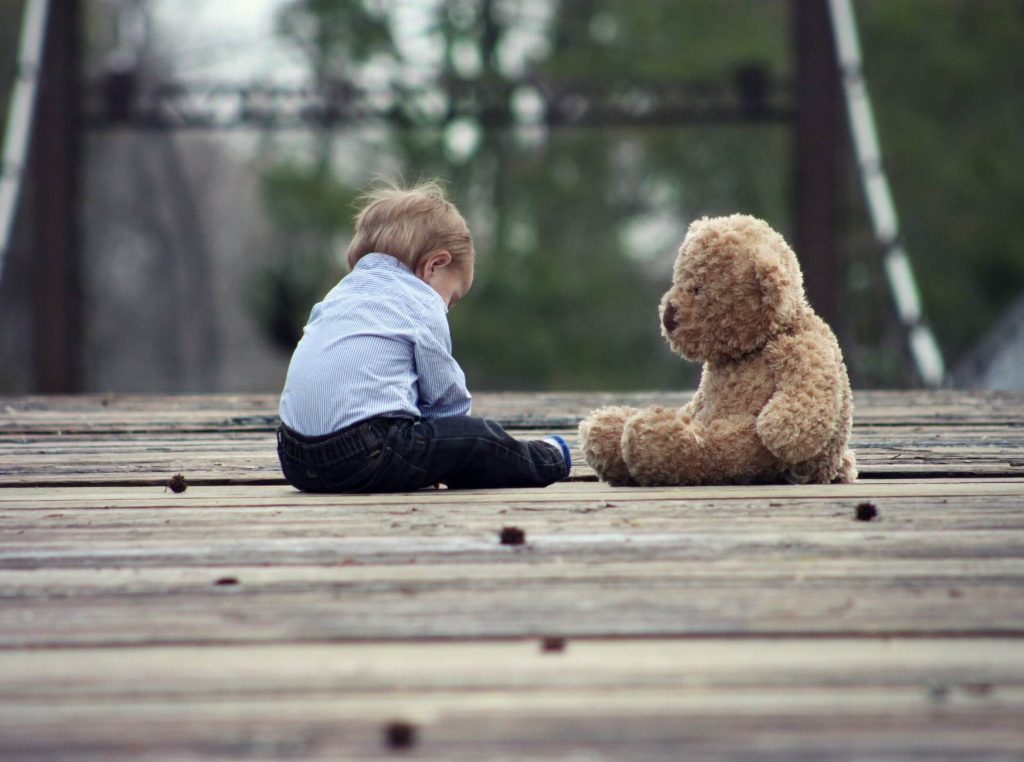What is the No-Influence Approach to Handling Disciplinary Issues?
March 23, 2021
What are Disciplinary Issues?
 When a parent or teacher comes to me and asks for advice with a child that has disciplinary issues, I have to ask them what they consider a disciplinary issue. The reason for this is because “bad” behavior is subjective. Adults have different perspectives on what is considered inappropriate and what requires disciplining.
When a parent or teacher comes to me and asks for advice with a child that has disciplinary issues, I have to ask them what they consider a disciplinary issue. The reason for this is because “bad” behavior is subjective. Adults have different perspectives on what is considered inappropriate and what requires disciplining.
I saw this firsthand as I helped a group of high school math teachers (Gunnoe and Krassa, 2019). Some believed that students talking in class was disruptive and others felt that if they were quiet and didn’t disrupt people around them, it was fine for students to talk to some degree.
When it comes down to it, most adults consider a disciplinary issue when a child is not acting in a behavior they deem is acceptable. Thus when disciplining a child, we need to ask ourselves, “What do we really want from the child? And do we want it for them or for us?”
What Do We Want from the Child?
This is a really important question to ask yourself. Usually, you only want one of two things from the child:
- Make your life easier.
- Learn from you so their lives are easier in the future.
Most of the time the, when you discipline a child it is not about punishing “bad” behavior. Most discipline is instructive. In other words, you’re trying to help your child learn from their actions so they don’t put themselves at risk.
When it comes down to it, disciplining is about trying to do what is best for the child.
In the end, it doesn’t matter if discipline is about making your life easier or your child’s life easier, the end goal of discipline is to help children learn and improve. When children improve, everyone benefits—their lives are easier, and your life is easier because children become more self-sufficient. The best thing you can do for a child is whatever will help them learn the most.
The purpose of discipline is to figure out is what is in the best interest of the child.
What is in the Best Interest of the Child?
When the child does something that you don’t approve of, emotions cloud your judgement. It becomes difficult to see clearly what is in the best interest of the child. In order to make it easier to think in their best interest and not get lost in the heat of the moment, it’s crucial to consider some questions ahead of time that identify the direction we should take when we discipline:
- Will a child learn more if they are more stressed or less stressed?
- Will a child be more willing to improve if they feel others are supportive of them or trying to punish them?
- Will a child be less resistant to listening if they are upset or calm?
- Will a child be more stressed if others have more or less expectations of them?
- Will a child be able to develop themselves more if they can utilize all their resources, or if they have resources taken away from them?
From my experience, when children feel supported, safe, and comfortable they’re more willing, less resistant to listening, less stressed, more able to develop themselves, and more open to learning. In fact, if we are looking at what is in the best interest of the child, providing discipline in the traditional sense (punishment, long discussions, taking away resources, etc.) is not an effective method to use. These forms of discipline often result in the opposite characteristics of a good learning and development environment.
The No-Influence Approach – Work with the Child
 The No-Influence Approach seeks the best interest of the child. This doesn’t mean that you can’t punish or have talks with a child, but it is only done in partnership with the child and working with the constraints and desires of the child.
The No-Influence Approach seeks the best interest of the child. This doesn’t mean that you can’t punish or have talks with a child, but it is only done in partnership with the child and working with the constraints and desires of the child.
The No-Influence Approach identifies that when disciplining a child, the discipline isn’t the most important thing, the child is the most important thing. And instead of placing an expectation on a child that is out of the child’s reach, we do whatever we can in terms of changing our own behavior, adjusting the environment, providing the resources, or allowing them to make more mistakes. The adult’s top priority is helping children grow.
Sometimes, you don’t have the resources, the ability to change, or the luxury of allowing children to make mistakes. That is okay. The No-Influence Approach is not an all or nothing method; it is a model where you do what you can.
The No-Influence Approach is based off research that has identified that all people are doing the best they can, based on their perception (please contact us if you would like more information on this). Thus, when a child “misbehaves” the only way to help them is by adjusting their environment, lowering expectations, helping them develop themselves, or providing them with more help. And the more a person understands the child, the more they can understand the best way to help the child.
5 Things You Can Do to Help a Child
Here are five things that you can do to help your child improve when they are not meeting your expectations:
- Talk to them about it… but really listen to them – The immediate reaction when a child does something “wrong” is to tell them what they did and try and teach them. However, often times when you discuss the action with the child, and listen to the child’s perception of what happened and why they did what they did it, you can get an idea of what is in the child’s mind and know the best way to help them.
- Agree upon consequences – Most often children are not unreasonable. If you discuss with them what punishments and consequences should be for different actions, they will accept them and appreciate that you are consulting with them. The key is that when you involve them, they will feel like they are valued and being supported. Remember, children are learning. Thus, even if you talk and set a series of rules and punishments, the child might want to change them when they figure out how it actually works. This is fine, allow them to adjust and work with you as much as they want with it.
- Help them see the natural consequence – Sometimes you can’t help yourself and you need to tell them something. The best thing you can tell them and make them aware of is the natural consequence of their actions. Explain the issues it causes you or others. The more a child realizes what happens when they do things, the more likely they won’t do it again. Sometimes a child does something because they truly don’t know the impact. Remember, sometimes even if you point it out to a child, they still might not see it. You have to accept that. The next time, you might try to show them a different way.
- Adjust their environment – This is one of the easiest things to do. If a child is doing something that is not wanted, the best thing you can do as a parent or leader, is to find out how to adjust their environment to eliminate the action. For example, if a child keeps forgetting assignments, give them reminders or adjust the process for submitting them. If a child is talking too much in class, try to work with the people they are talking to and minimize the talking. If a child doesn’t play well with a sibling, keep the siblings apart or find out what circumstances the child has a difficult time playing with the sibling and try to prevent those situations.
- Talk with a more senior parent or teacher – Sometimes you need support. Talking with your parent, or a more senior teacher than you, often times can give you that support and some good ideas on how you can help your child. And in doing so, it will take time, so it will give you some time to cool off before you interact with your child that is “misbehaving”.
References:
Gunnoe. J, Krassa. D. (2019). Application of Best Value Approach to Resolve Educational Non-Performance. Journal for the Advancement of Performance Information and Value. Vol. 11 I.1. August 2019.
About the Author
Read more about Dr. Jacob’s latest book.
Dr. Jacob Kashiwagi is business management consultant and acting Chairman of the Board for Leadership Society of Arizona. Dr. Jacob has worked on 1,100+ industry projects valued at $3.6 billion with a 95% success rate. He has taught over 1,300 college students and 2,500 high school students.

